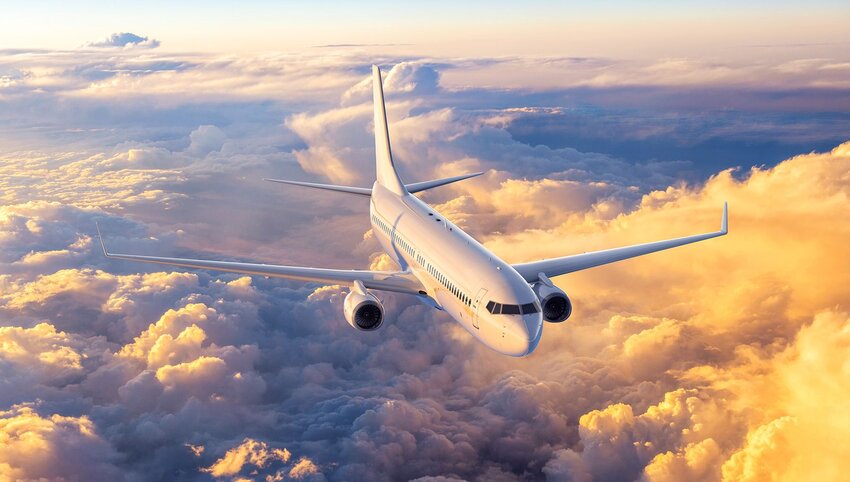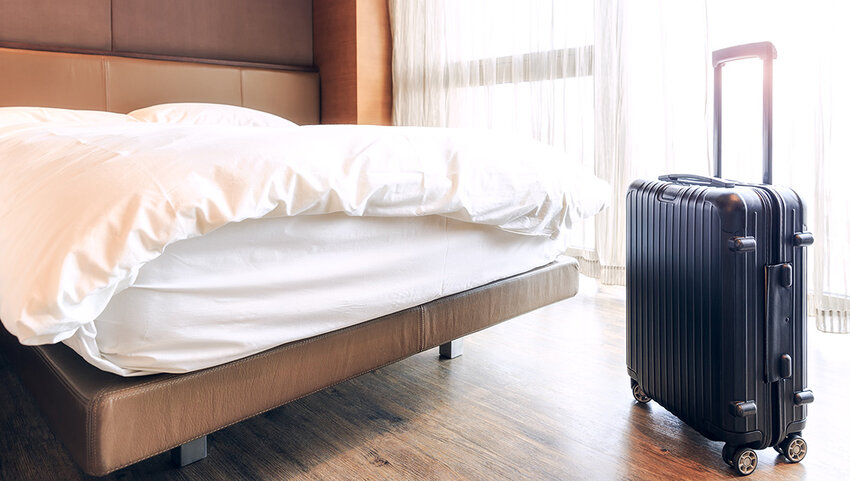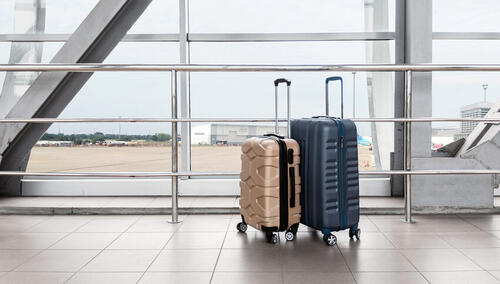Frequent flyers know the drill. Your seatback goes in the upright position, your tray table snaps up, and all belongings are stowed away before takeoff. Then, the familiar request comes to turn your phone on airplane mode. It happens often enough you might start to wonder — do I really need to turn my phone on airplane mode while flying?
What Is Airplane Mode?
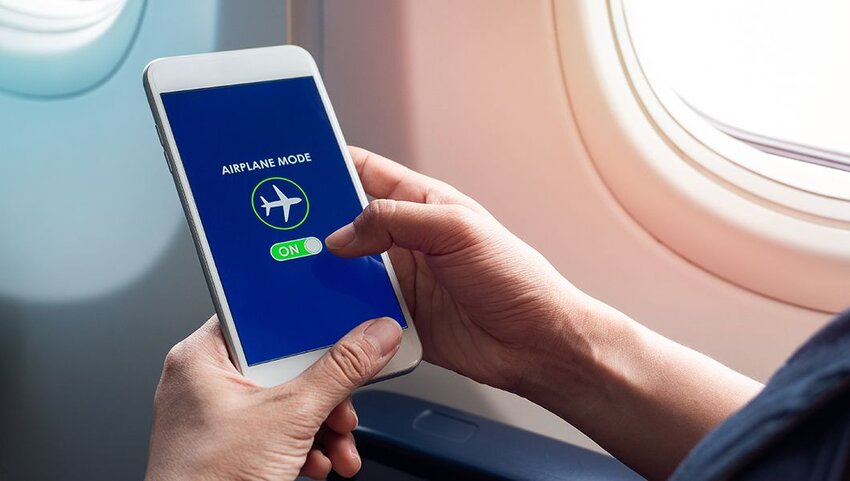
First added to phones 20 years ago, airplane mode was created to prevent cell phones from potentially causing interference with airport radio towers. The basic function of airplane mode is to block cell tower reception, WIFI signal, and disable GPS function while still allowing users to access the rest of a smart phone's features, like music, podcasts, and games.
Because many of the same signals that are used for communication by pilots are the same used to connect phones to cell towers, it’s thought that there could be interference if an entire flight full of smart phones were trying to connect at the same time as the plane's computer and display system.
Potential Risks of Not Turning On Airplane Mode
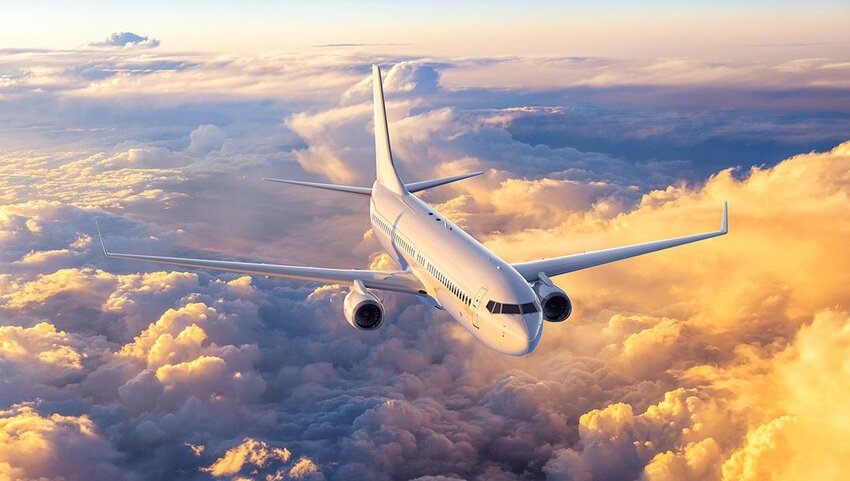
What it boils down to largely has to do with the airplane's computer, located deep within the plane. Because air traffic control needs to have a constant, direct line of communication, it’s thought that cell phone signals could interfere with these delicate systems. While it’s not believed that they could cause actual harm, it’s possible that they could create delays and cause confusion for pilots.
The most crucial time for pilots to have this connection to air control is during takeoff and landing, when signals and communications are coming in rapidly and time is of the essence. Even the potential for a cell phone signal to interrupt a pilot during this window is what initially led to flight officials requesting that their customers switch to airplane mode.
What Happens If I Don’t Turn On Airplane Mode?
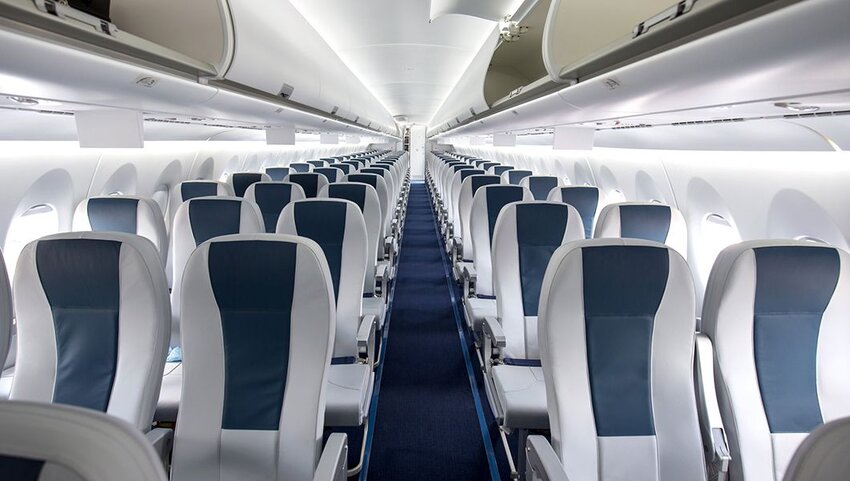
Those who choose not to turn on airplane mode will not only be defying FAA regulations but they’ll probably be disappointed to know that most cell phone signals aren’t powerful enough to reach your phone while airborne. Your phone will in all likelihood have such a difficult time attempting to reach a cell tower that its battery will drain at a rapid pace.
Tests have been run by both airline officials like the FAA and Boeing, and less official avenues like Mythbusters, all revealing potential problems that could occur when cell phones and plane systems compete for communication signals.
Whether you’re a stout follower of turning on airplane mode or if you’re someone who tries to skirt the rules, it’s important to listen to FAA guidelines and follow their regulations to avoid putting the pilots, yourself, and other passengers in danger.
Will We Ever Be Able To Use Our Phone On A Plane?
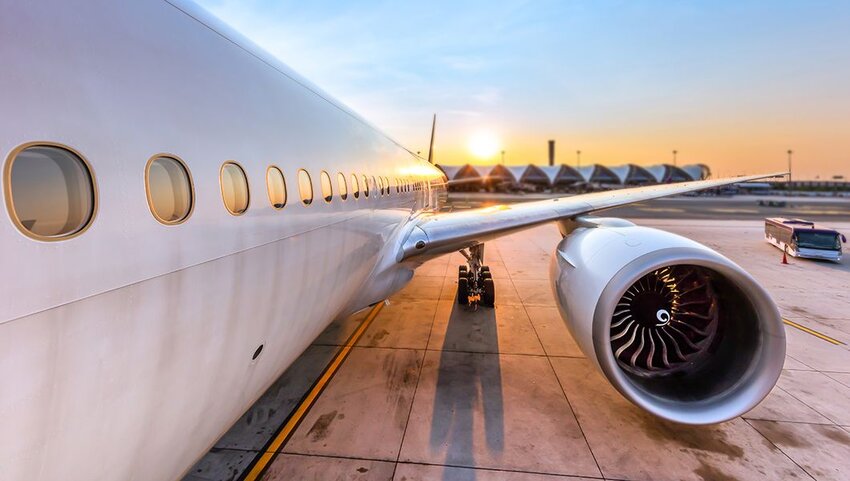
A recent development in European airspace has given many travelers something to look forward to. Airlines like Lufthansa, Aer Lingus, and SAS, among others, will soon offer the ability to use 5G service in flight, just as you would on the ground. This feature is said to be rolling out in the summer of 2023 according to the European Commission.
Americans might have to wait a little longer, however, as cell phone towers in the U.S. operate at a higher frequency than those in Europe. While this news is exciting to say the least, it’s important to continue following FAA guidelines and the instructions of your pilot and flight attendants and wait for the day you can make phone calls from the skies.
For now, it looks like turning on airplane mode is still necessary after hopping on your flight. Your pilot, air traffic controllers, and flight attendants will thank you for complying with the airline's guidelines. Use this opportunity to sit back, relax, and enjoy your time unplugged from the outside world.

